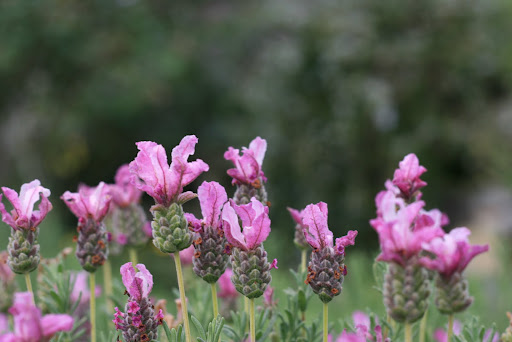Yellow Spotted Locust
Yellow Spotted Locust, has been in existence in Sri Lanka since 1898, but was not hitherto reported as a threat. But it is reportedly multiplying at an alarming rate within last few years. Surviving solely on greens, it attacks all plants without discrimination. We have seen thousands of this unknown locust on grass in late June and first few weeks of July in our garden, but didn't notice any harm until mid July.
Locust Eating a Banana Leaf
The workers noticed the swarms of locusts eating banana leaves and leaving skeletons of leaves within days.
Skeletons of Banana Leaves
The research on this pest reveals that changing weather conditions and land use patterns have brought about a gradual increase over the years. "These unusual weather conditions and climatic changes have provided a good base for these insects to breed".
Immediately I contacted Agricultural Department of Sri Lanka and talked to agricultural experts to get some information on how to control it. "The only option is to kill the insects. One has to kill them before they reach the breeding stage by either burning their nests or by using insecticides. But insecticide specified for this purpose could be hazardous to the people in the area leaving fire as the only option."
When I went to the garden, the locusts are few in number. With the help of my tappers, we started collecting them into a bucket of water. Surprisingly, they survived in the water for a whole day.
Locusts in the Water
Killing a living being is the last thing a Buddhist wants to do! My tappers refused to harm them. Ultimately it was left to me, and in fear of losing our banana plantation I had to destroy them all. We also searched the garden to kill the rest.
The last thing in our mind is the application of pesticides, which we are scared to do. We already noticed that some insectivores birds feeding on locusts. We are hoping to apply integrated approach for pest control more ecologically and environmentally sustainable way by raising few free ranging chickens.





































